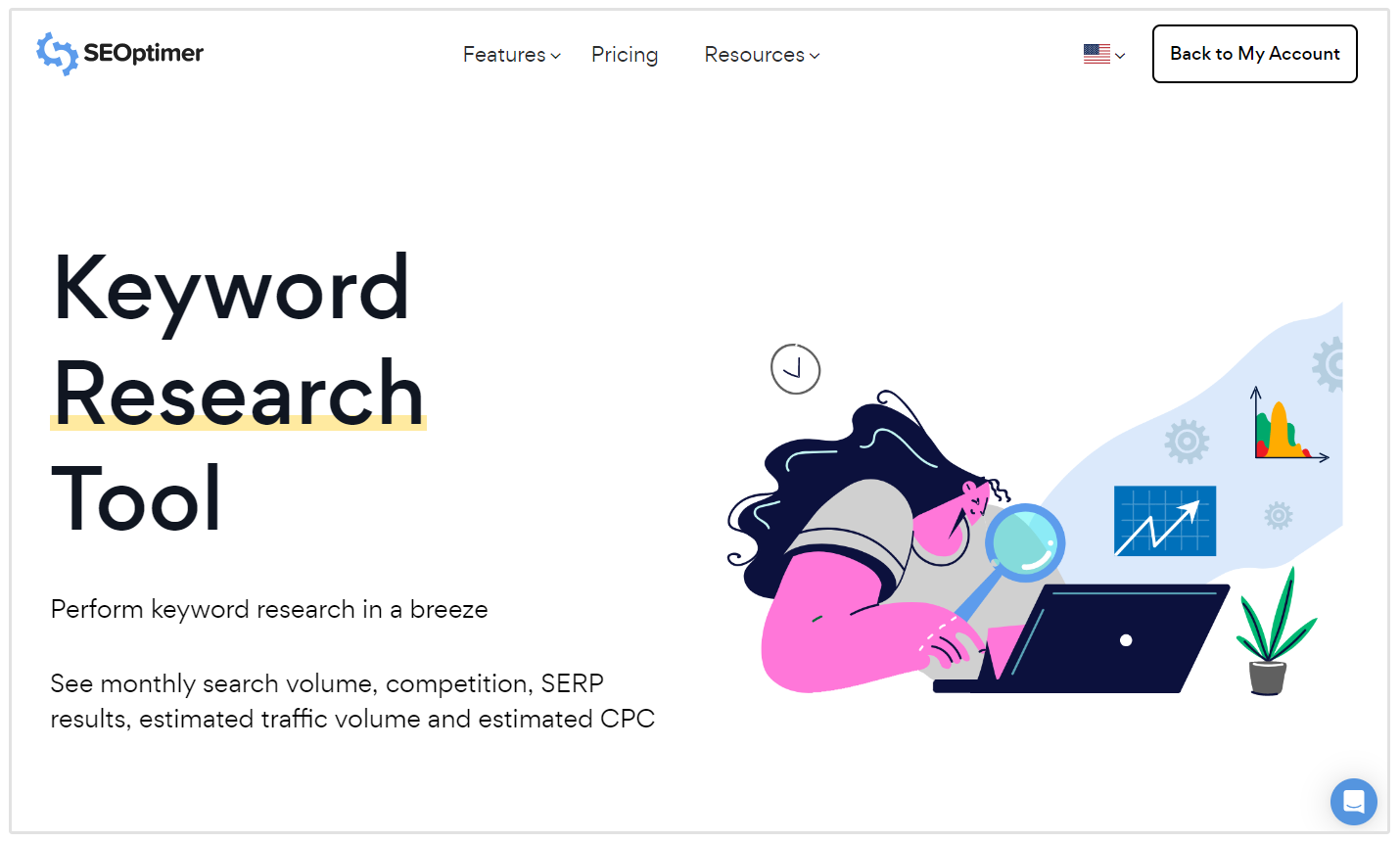Comprehending Secondary Dimensions in Google Analytics: What is a Secondary Dimension and How It Enhances Data Analysis
Comprehending Secondary Dimensions in Google Analytics: What is a Secondary Dimension and How It Enhances Data Analysis
Blog Article
Unveiling the Impact of Secondary Measurement in Google Analytics on Data Evaluation and Insights
In the realm of data analytics, the application of additional dimensions within Google Analytics has actually emerged as an essential device for extracting much deeper insights and unraveling complicated patterns that could or else remain covered. By peeling off back the layers of primary data collections, secondary dimensions use a nuanced perspective that improves the understanding of customer actions, internet site performance, and the effectiveness of advertising and marketing methods.
Checking Out the Idea of Additional Measurements
Secondary measurements in Google Analytics offer extra understandings by enabling customers to examine main data combined with a second attribute. This feature allows a more extensive understanding of the key information by including an additional layer of info for analysis. By including additional measurements, users can dive deeper right into the information and discover valuable relationships that could or else go undetected. For instance, by pairing the key data of web site traffic with second dimensions like demographics or actions, marketing professionals can obtain a more comprehensive view of their audience and customize their approaches appropriately.
Comprehending the principle of additional dimensions is crucial for making best use of the potential of Google Analytics. It enables individuals to segment information efficiently, identify patterns, and make informed decisions based on a much more complete image of their analytics data. By checking out the different secondary measurements offered in Google Analytics, customers can unlock brand-new insights and enhance their electronic advertising initiatives. Basically, additional dimensions act as a powerful tool for enhancing information analysis and driving workable results.
Enhancing Data Analysis With Additional Dimensions
Having established the foundational understanding of additional dimensions in Google Analytics and their critical role in information analysis, the focus currently shifts towards leveraging these additional attributes to boost the interpretation of analytics information (what is a secondary dimension in google analytics). By incorporating second measurements right into information analysis, analysts can get much deeper understandings right into user actions, web site performance, and marketing efficiency

Additionally, additional dimensions aid in contextualizing key data metrics by providing added layers of details. This contextualization help in comprehending the 'why' behind the data fads, helping experts make educated decisions and optimizations to improve total performance. Inevitably, incorporating additional measurements improves the data analysis procedure, bring about even more calculated activities and purposeful insights.
Discovering Hidden Insights With Second Measurements
Checking out the midsts of analytics data with second dimensions reveals useful insights that would certainly otherwise stay obscured. By integrating second dimensions in Google Analytics, businesses can unearth hidden patterns, patterns, and correlations that give a more comprehensive understanding of individual behavior and web Full Article site performance. These extra layers of information permit experts to dive much deeper into the main dimensions, such as traffic resources or touchdown pages, and get an extra nuanced point of view on how various variables engage with each various other.
With the use of additional dimensions, experts can segment and compare data throughout numerous dimensions, allowing them to recognize specific factors that influence individual engagement, conversion prices, and overall success metrics. By matching the primary measurement of 'device group' with the secondary dimension of 'age group,' marketers can pinpoint which age demographics favor accessing the internet site with mobile devices versus desktop computers.
Leveraging Second Dimensions for Actionable Analytics
Structure upon the insights introduced through second dimensions in Google Analytics, organizations can currently harness this enriched data landscape to drive actionable analytics and tactical decision-making. By leveraging additional measurements, companies can dig deeper into their information to extract valuable patterns, fads, and relationships that may have formerly gone undetected. This much deeper level of analysis allows businesses to gain a much more thorough understanding of customer actions, campaign performance, and general site effectiveness.
One secret advantage of making use of additional measurements for workable analytics is the ability to segment data based upon specific standards. This division enables businesses to customize their campaigns and methods to different audience teams, bring about extra targeted and reliable marketing efforts - what is a secondary dimension in google analytics. In addition, second dimensions give an even more alternative view of user communications, allowing businesses to maximize their internet site web content, design, and overall customer experience
Taking Full Advantage Of Decision-Making With Additional Dimensions
To improve critical decision-making in analytics, leveraging secondary dimensions in Google Analytics can offer a more nuanced perspective on customer actions and campaign performance. By integrating secondary measurements right into information evaluation, organizations can dig much deeper right into the specifics of their site site visitors' interactions and engagement patterns. This extra layer of details enables a more extensive understanding of how different variables, such as demographics, tools, or web traffic sources, influence key efficiency indications.

Final Thought
Finally, making use of second measurements in Google Analytics plays a vital function in enhancing data analysis and revealing surprise understandings. By discovering this concept, one can gain a deeper understanding of individual actions and make informed decisions based upon actionable analytics. Leveraging secondary measurements permits for a more extensive interpretation of information and maximizes the performance of decision-making processes.

Report this page